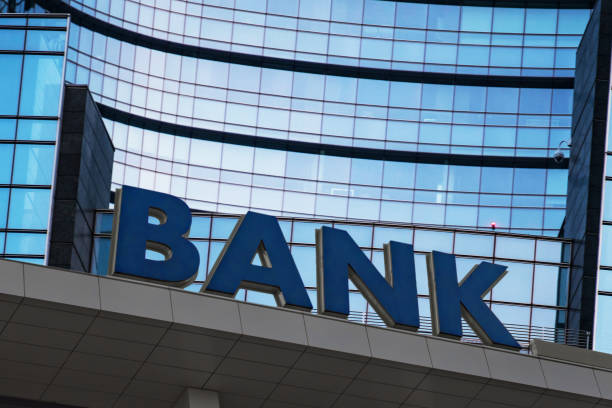Key features of an IBAN:
Country Code: The first two characters of an IBAN represent the country where the bank account is held.
Check Digits: The next two digits are check digits used for error detection.
Bank Code: This section identifies the specific bank or financial institution where the account is held.
Account Number: The remaining characters make up the individual account number.
IBANs were introduced to simplify and streamline international transactions. They help prevent errors in the processing of payments, reduce delays, and ensure that money reaches the intended recipient's account.
Demystifying SWIFT/BIC Codes
SWIFT (Society for Worldwide Interbank Financial Telecommunication) and BIC (Bank Identifier Code) are often used interchangeably, but they refer to the same concept. A SWIFT/BIC code is a unique identification code used by financial institutions, primarily banks, to facilitate international transactions. Unlike IBANs, which identify individual bank accounts, SWIFT/BIC codes identify the banks themselves.
Key features of a SWIFT/BIC code:
Bank Identifier: The first four characters typically represent the bank or financial institution.
Country Code: The next two characters indicate the country where the bank is located.
Location Code: The following two characters specify the bank's location within the country.
Branch Code (Optional): The last three characters, if present, identify a specific branch of the bank.
SWIFT/BIC codes are crucial in the global financial network, as they help route and settle international transactions, ensuring that funds are directed to the correct bank. They play a significant role in the exchange of information between financial institutions during cross-border transfers.
The Relationship between IBANs and SWIFT/BIC Codes
Now that we have a clear understanding of both IBANs and SWIFT/BIC codes, let's explore how they are related:
Complementary Roles: IBANs and SWIFT/BIC codes serve different purposes within the international banking system. IBANs identify individual bank accounts, while SWIFT/BIC codes identify the banks themselves. Therefore, they work together in international transactions, with IBANs specifying the recipient's account and SWIFT/BIC codes directing the funds to the correct bank.
Global Banking Standardization: Both IBANs and SWIFT/BIC codes contribute to the standardization of global banking practices. They help eliminate errors, reduce transaction processing times, and enhance the overall efficiency and reliability of cross-border payments.
Required Information: When making an international transfer, you typically need both the recipient's IBAN and the recipient bank's SWIFT/BIC code. This ensures that the money reaches the correct account at the correct financial institution.
In summary, IBANs and SWIFT/BIC codes are related in the sense that they work together to facilitate international financial transactions. IBANs identify individual bank accounts, while SWIFT/BIC codes identify the banks involved in the transaction. Together, they form a vital part of the global banking infrastructure, ensuring the accuracy and efficiency of cross-border payments.
As the world continues to become more interconnected, understanding the roles and relationships of these codes is essential for anyone involved in international financial transactions. Whether you're sending money to family abroad or conducting international business, knowing how IBANs and SWIFT/BIC codes work together can save you time and ensure that your funds reach their intended destination securely.
Frequently asked questions (FAQs) about international bank routing codes




